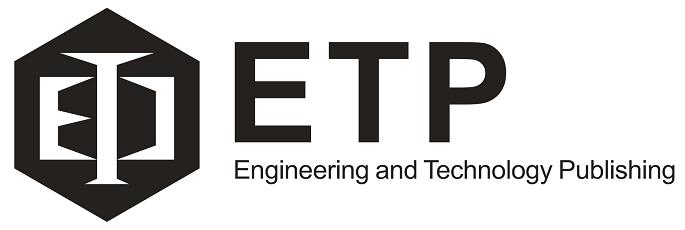Dynamic Functional Connectivity Analysis of Seafarer’s Brain Functional Networks
Yuhu Shi
Information Engineering College, Shanghai Maritime University,
Shanghai, 201306, China
Abstract—As a special occupation, Seafarers often face different working and living conditions compared to the terrestrial environment, so it is very important to explore the influence of maritime environment on seafarers' brain function. Based on the eight typical resting-state brain functional networks obtained by group independent component analysis, this paper adopt sliding temporal window and affine propagation clustering methods to deeply analyze the differences of dynamic functional connectivity between seafarers before and after sailing with those between seafarers and non-seafarers corresponding to these networks. The results show that the dynamic change among the eight brain functional networks between seafarers before and after sailing has obvious differences with those between non-seafarers and seafarers, which mean that the impact of marine environment on the seafarers' brain functional networks has certain timeliness. Some changes of the brain functional connectivity networks can be recovered within a certain period of time, while others may have long-term effects on the connections between brain functional networks, so as to reorganize the topological relationship between brain functional networks and form the unique brain network biomarkers of seafarers, which has a great significance to explore the plasticity of seafarer's brain functional networks and the neural rules of sea-farer's brain functional activities.
Index Terms—fMRI, dynamic functional connectivity, affine propagation clustering, brain network, seafarer
Index Terms—fMRI, dynamic functional connectivity, affine propagation clustering, brain network, seafarer
Cite:Yuhu Shi, "Dynamic Functional Connectivity Analysis of Seafarer’s Brain Functional Networks," International Journal of Pharma Medicine and Biological Sciences, Vol. 9, No. 1, pp. 33-37, January 2020. doi: 10.18178/ijpmbs.9.1.33-37
Copyright © 2020 by the authors. This is an open access article distributed under the Creative Commons Attribution License (CC BY-NC-ND 4.0), which permits use, distribution and reproduction in any medium, provided that the article is properly cited, the use is non-commercial and no modifications or adaptations are made.
